
After becoming familiar with the factors that affect lift from the previous Flight Basics lesson and going over key weather concepts from this lesson, students will be expected to make a device to
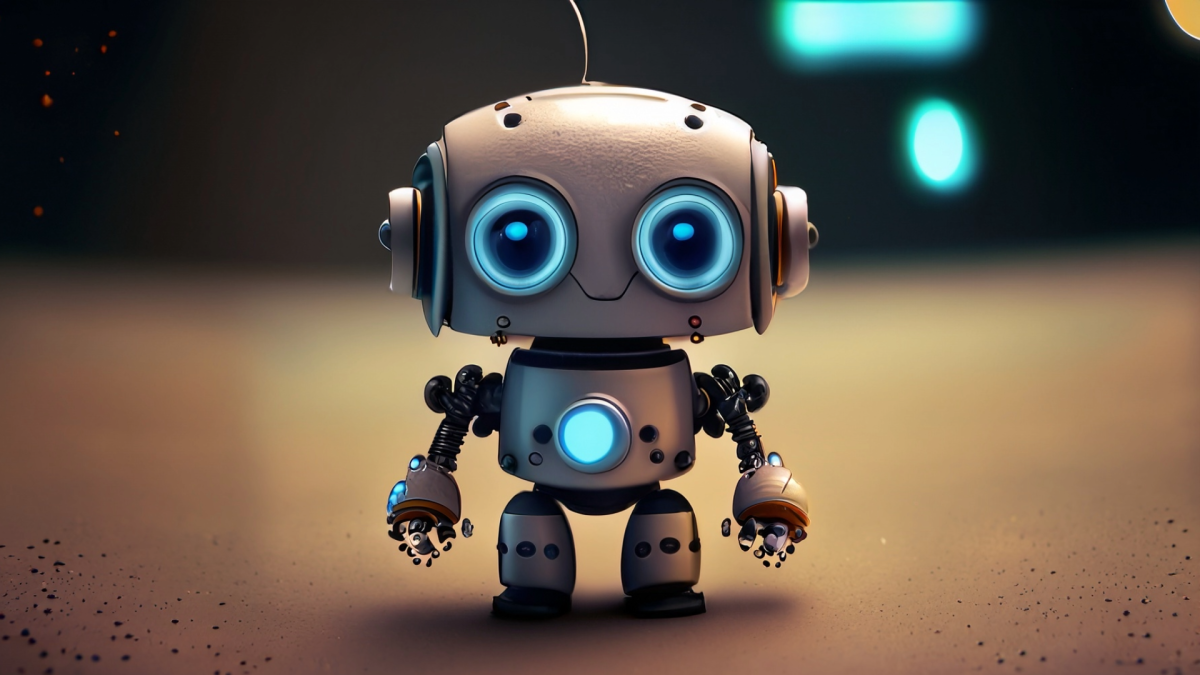
Student learn to code robots using VEXs free VEX VR code.

Upon completion of this lesson, the student should know: • The relationship between Bernoulli's Principle and Newton’s Laws of Motion and how they were used to develop a machine that could fly. • The

This lesson is part 2 of 2, Days 3 and 4. This lesson is set up to have students explore the friction bridge designed by Leonardo Da Vinci. Students have discovered the inventor and become familiar

This lesson is part 1 of 2. This lesson is set up to have students explore the friction bridge designed by Leonardo Da Vinci. Students first discover the inventor and become familiar with his life
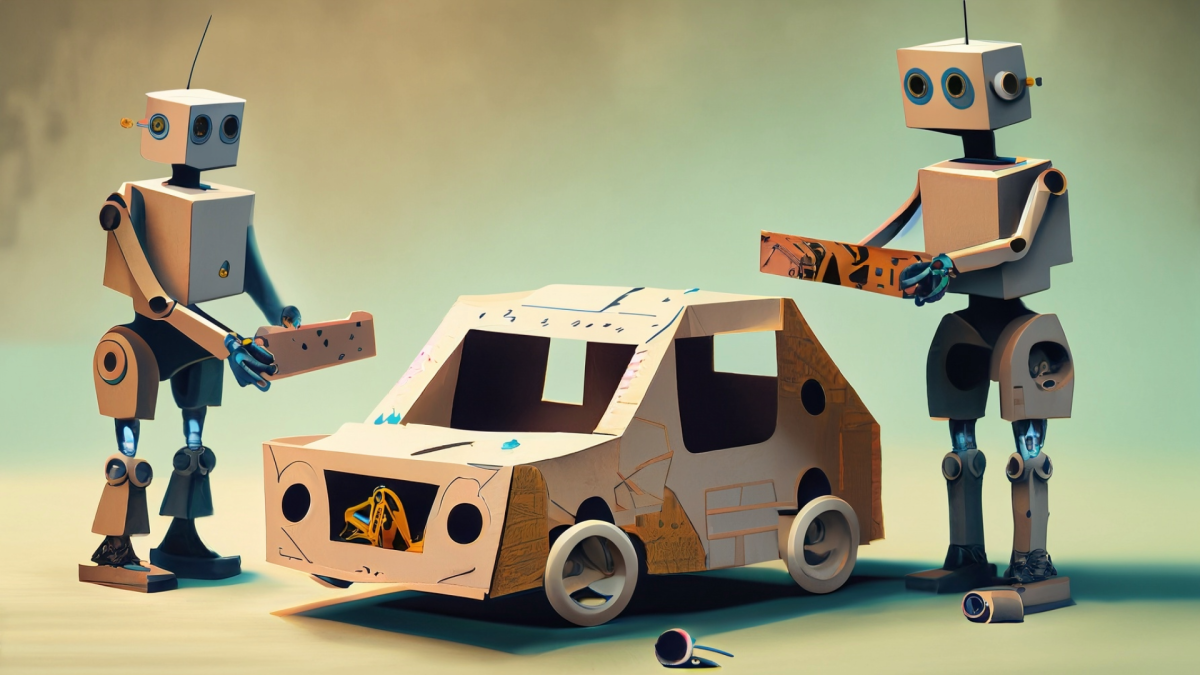
Students will learn about kinetic and potential energy and how energy transfers. They will use that knowledge in order to collaborate with peers to create a roller coaster that will demonstrate this
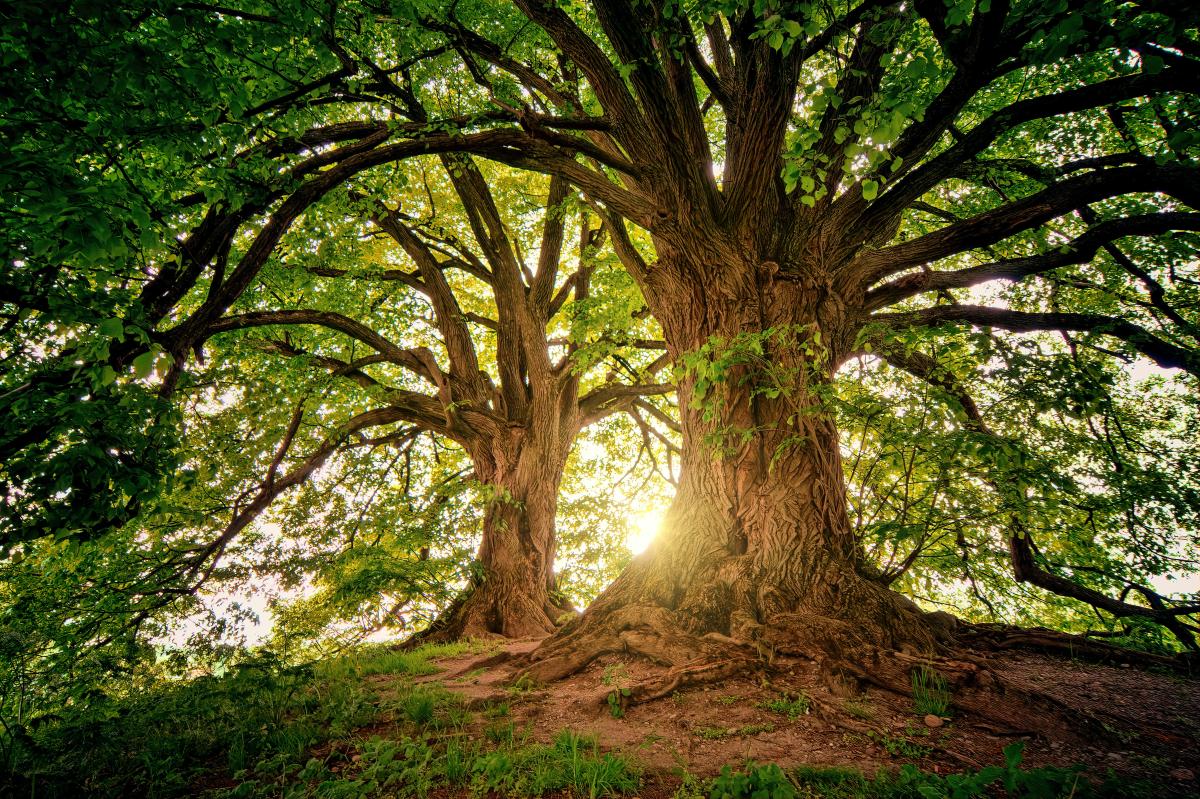
In this lesson, students will listen to the story "Snow White and the Seven Dwarfs" in order to understand the engineering project. Students will be introduced to the science concept of force and
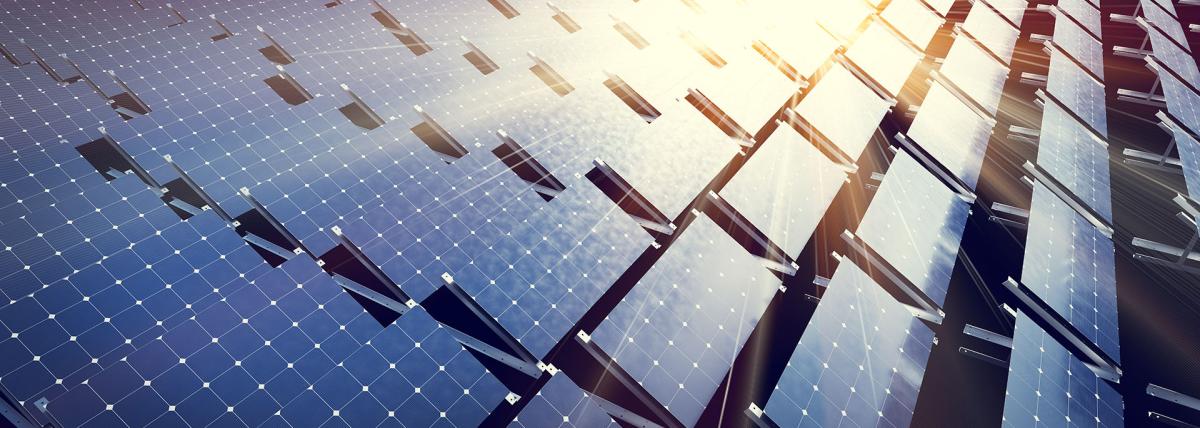
An investigation into the function and uses of solar panels in agriculture - Agrivoltaics. Exploring how to get the most efficient use of your solar panels for your gardens.

Students begin by using the Google Sunroof website to compare the cost/benefits of installing solar panels on a home's roof using different financial methods- buying, leasing and renting panels. After
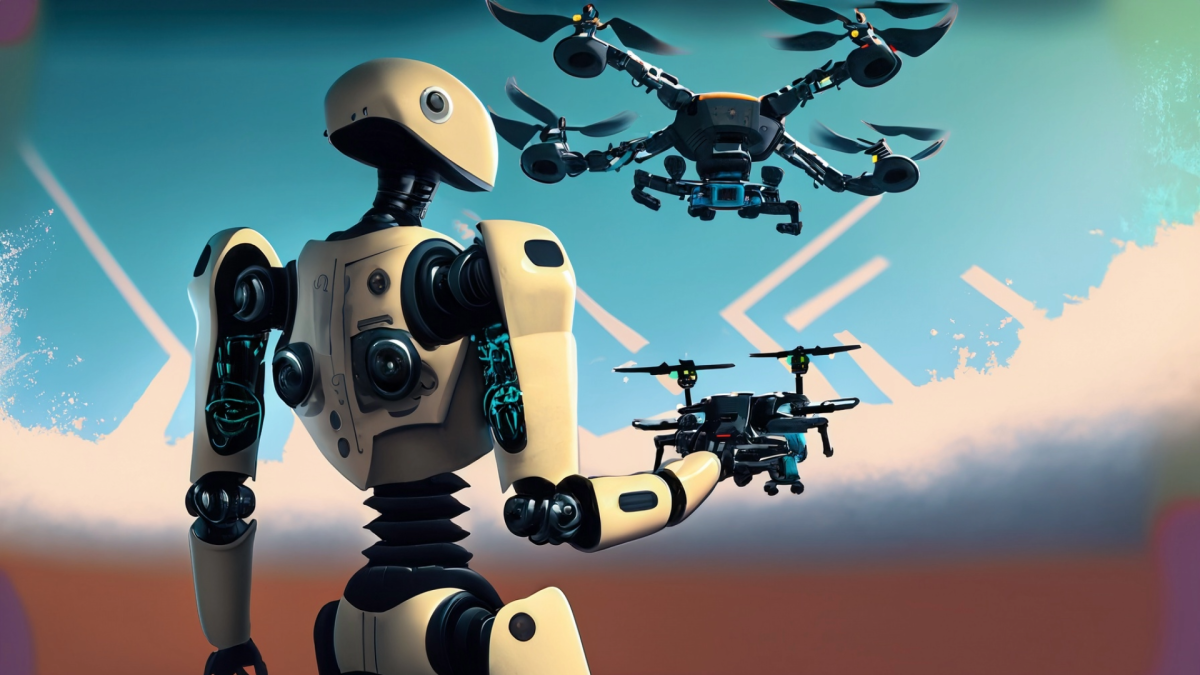
In this lesson students will learn how to maintain their drones: replace batteries and propellers. The students will conduct a propeller altering experiment to determine the effects of changing the

Students are constructing a cardboard control vehicle. Throughout this process, they will practice working with circuits and motors. In this lesson, students will begin working on the electrical

Students are constructing a cardboard remote control vehicle. Throughout this process, they will practice working with circuits and motors.

An unknown mass is hung from the "Y" shaped string. To the top of one side of the "Y", the string is connected to a force sensor/spring scale. Using the reading from the force sensor/spring scale and

This project sets students up to explore animal anatomy and physiology with the idea of replacing a lost appendage (beak, leg, tail, fin, etc.) This is used in small groups of 2 or 3 over the course

Engage 1st graders in hands-on exploration of simple machines! From classifying to building, this interactive lesson fosters STEM skills and real-world connections.
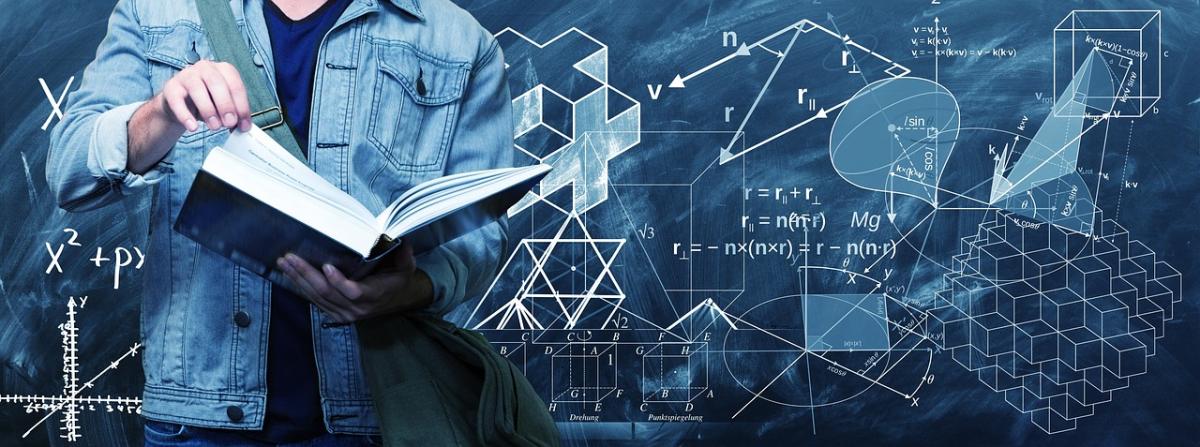
In this lesson, students will explore the concepts of gear ratios and proportions. They will construct a working gear system and observe how the ratio between gears affects their motion. They will use

This lesson is the second lesson of a two-part series where students investigate concepts of biomimicry and apply them to the real world with issues like resource scarcity. In this lesson, students

In this lesson, students will learn about desert plant and animal adaptations and the concept of biomimicry. Students will discuss examples of biomimicry in nature and in the real world and will

In this lesson, students review key architecture components found in Ancient Greek Architecture and are challenged to create a multi-layer structure to hold their body weight. Students use the

This lesson plan is about structures that are balanced using tension forces. Students will create their own tensegrity structure that will withstand a predetermined amount of weight. Students will

The lesson is adapted from resources created by the Green Drone AZ Project. This is module 1 of 4 featuring focused activities to address real-world environmental challenges within Arizona communities

Students design getaway vehicles for the Grinch, applying STEM concepts. Math, creativity, and teamwork merge in this engaging lesson inspired by Dr. Seuss.
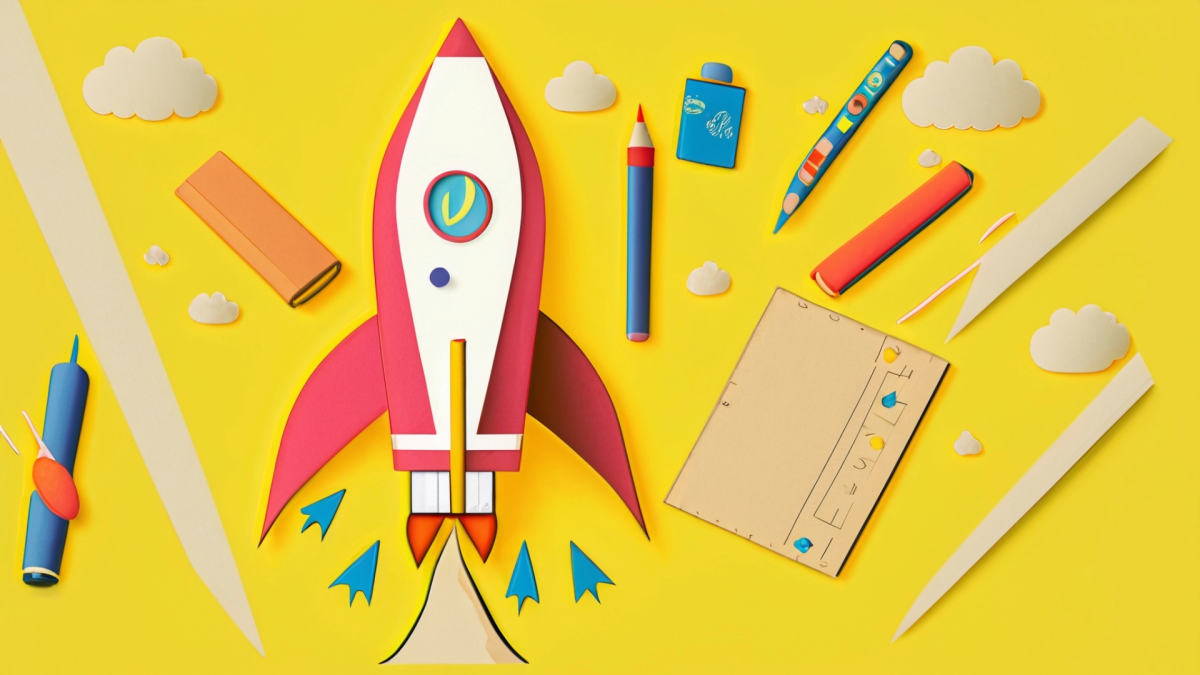
Students will learn about Newton's Third Law of Motion and practice this law by using the engineering design process to create a paper jet engine using a balloon.

Students will design and construct a prototype of a tiny house on wheels. They will use graph paper to draw out their ideal tiny house on wheels, ensuring the sizing of the rooms and ceilings are


